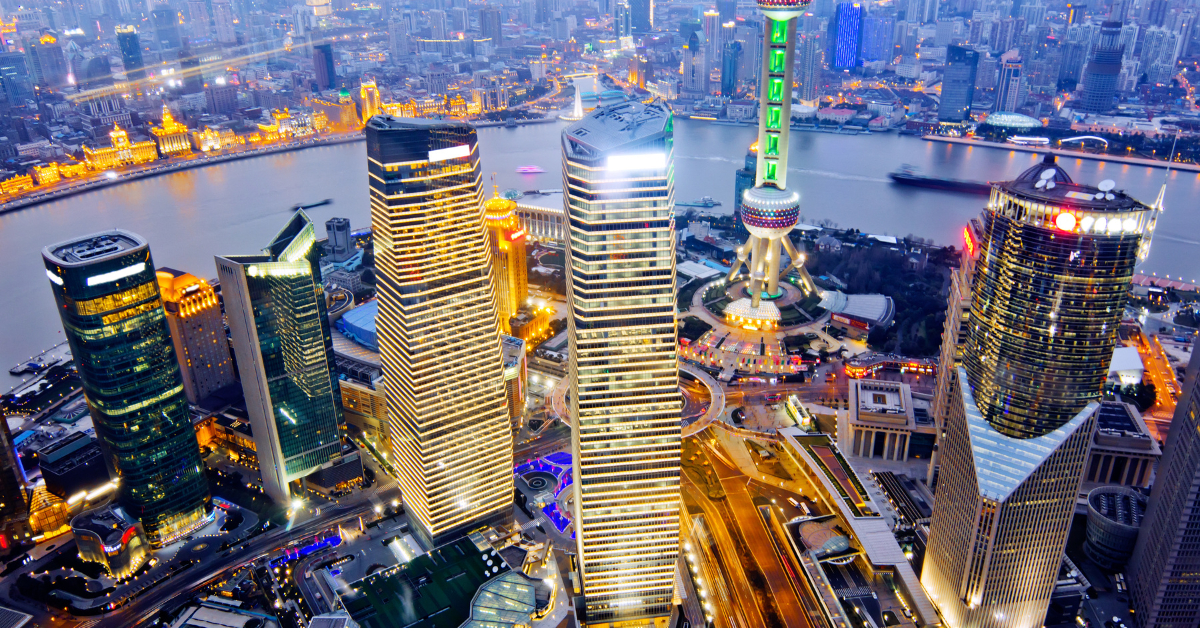Shanghai is one of the world’s most influential cities, known for its powerful economy, dynamic culture, and international presence. For Japanese people, Shanghai represents a gateway to modern China while also reminding them of historic ties and cultural exchange. This article explains how Japanese people perceive Shanghai, from its role as a financial hub to its traditions and everyday life.
The Image of Shanghai as an Economic Powerhouse
When Japanese people think of Shanghai, the first image that comes to mind is that of an Asian economic giant. The skyscrapers of Pudong and the glittering financial district are seen as symbols of China’s rapid growth, leaving strong impressions on Japanese visitors.
The presence of numerous Japanese companies also strengthens this image. Automobiles, electronics, trading, fashion, and food industries all have a strong foothold in Shanghai. With many Japanese expatriates and business travelers, Shanghai is widely seen as “the front line of business.”
Additionally, the Shanghai Free-Trade Zone enhances its role as an international hub, raising expectations of it being a financial center rivaling New York and London. For Japanese people, Shanghai is a city where one can directly feel connected to the global economy.
Economic Appeal of Shanghai for Japanese People
| Aspect | Japanese Perception |
|---|---|
| Skyscrapers | Symbol of economic growth |
| Japanese companies | Rich business opportunities |
| Free-Trade Zone | Hub of international finance |
| Global competitiveness | Status as a world city |
Shanghai as a Crossroads of Culture and History
To Japanese people, Shanghai is also a city where culture and history intertwine. The European architecture along the Bund and the tree-lined avenues of the former French Concession offer a sense of exoticism, making visitors question, “Is this really China?”
Moreover, Japan has a deep historical connection with Shanghai. From the Meiji era to the Showa period, many Japanese students and entrepreneurs lived in Shanghai, shaping strong cultural ties. For many Japanese today, Shanghai still holds the image of being a “city historically linked to Japan.”
In modern Shanghai, tradition coexists with innovation. For example, visitors can experience classical Chinese architecture at Yu Garden, while just nearby in Xintiandi they can enjoy cutting-edge art and international fashion. This coexistence of old and new is a major attraction for Japanese people.
Cultural Features of Shanghai Seen by Japanese People
| Perspective | Impression |
|---|---|
| The Bund | Exotic Western-style architecture |
| French Concession | Streets with European influence |
| Ties with Japan | Memories of students and entrepreneurs |
| Modern culture | Blend of tradition and trend |
Living in Shanghai: Japanese Perspectives
From the perspective of daily life, Japanese people view Shanghai as a city of both convenience and challenges. The extensive subway system is especially appreciated, and many compare its transportation efficiency to Tokyo. The use of a single transportation card for subways and buses gives Japanese people a sense of familiarity.
The abundance of Japanese restaurants and supermarkets is another factor that makes life comfortable. Many Japanese expatriates say, “We don’t miss Japanese food here,” since soy sauce, miso, and frozen foods are readily available.
However, concerns such as air pollution and traffic congestion are frequently mentioned. Japanese people, being sensitive to cleanliness and safety, often wear masks or express unease about driving conditions. As a result, Shanghai is generally perceived as a city that is “livable but requires caution.”
Pros and Cons of Living in Shanghai for Japanese People
| Aspect | Pros | Cons |
|---|---|---|
| Transportation | Extensive subway network | Severe traffic jams |
| Food | Japanese cuisine available | Prices relatively high |
| Shopping | Many Japanese supermarkets | Quality varies |
| Environment | International atmosphere | Air pollution concerns |
Shanghai as a Tourist Destination
In terms of tourism, Japanese people see Shanghai as a city where they can experience both modernity and tradition in one trip. The futuristic skyline of Pudong viewed from the Bund contrasts with the traditional Chinese atmosphere of Yu Garden and City God Temple, offering a dual experience.
Shanghai Disneyland is also extremely popular among Japanese families. It provides a different flavor from Tokyo Disneyland, giving visitors new reasons to explore.
Moreover, Shanghai’s proximity to Japan (only about a three-hour flight) reinforces its image as an “easily accessible international city.” Many Japanese consider Shanghai suitable even for short weekend trips, making it a practical yet exciting destination.
Tourist Spots Popular with Japanese Visitors
| Spot | Feature |
|---|---|
| The Bund | Futuristic skyline and night view |
| Yu Garden | Traditional Chinese culture |
| Shanghai Tower | World-class observation deck |
| Shanghai Disneyland | Ideal for family trips |
Organizing the Japanese Image of Shanghai
Below is a summary of the major images Japanese people associate with Shanghai.
Summary of Japanese Perceptions of Shanghai
| Perspective | Japanese Perception |
|---|---|
| Economy | China’s biggest economic city, Asia’s financial hub |
| Culture | Fusion of Western and Chinese culture, exotic and historic |
| Living | Convenient lifestyle, Japanese food available, but pollution and congestion concerns |
| Tourism | Modern skyline and traditional spots coexist, rich sightseeing options |
Conclusion
For Japanese people, Shanghai is a dynamic international city full of economic power while also being a place that embodies cultural depth and historical significance. The convenience of living and sightseeing is highly valued, though issues like traffic congestion and environmental concerns are also part of the reality.
Still, thanks to its close distance and international atmosphere, Shanghai remains a “stimulating and vibrant city” in the eyes of Japanese people. It continues to serve as “a business hub” as well as “a cultural and tourist destination” connecting Japan and China.






